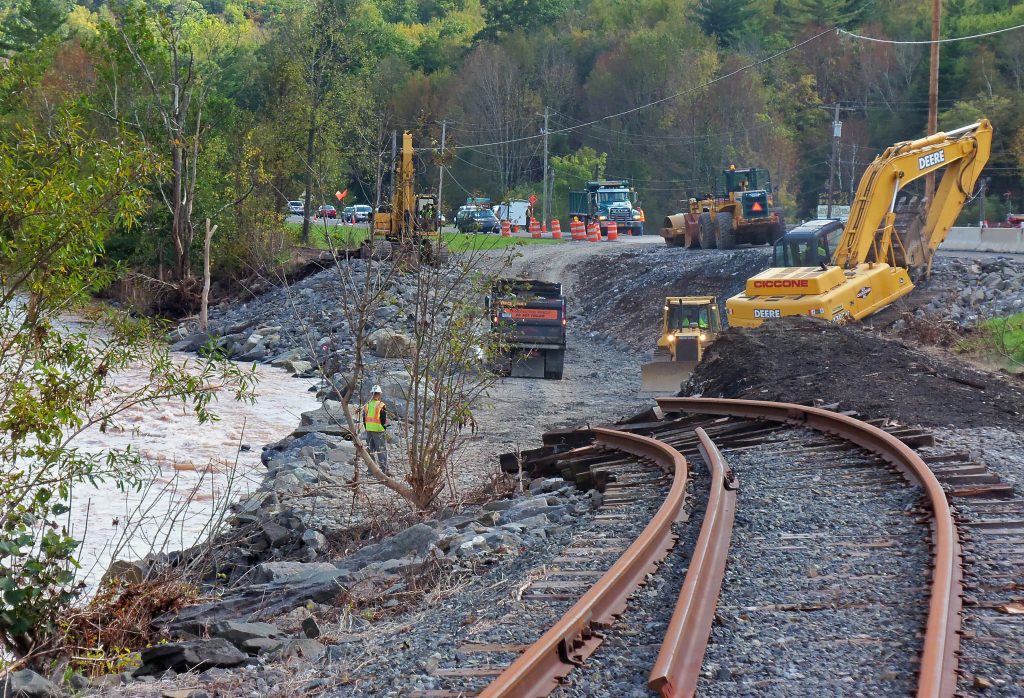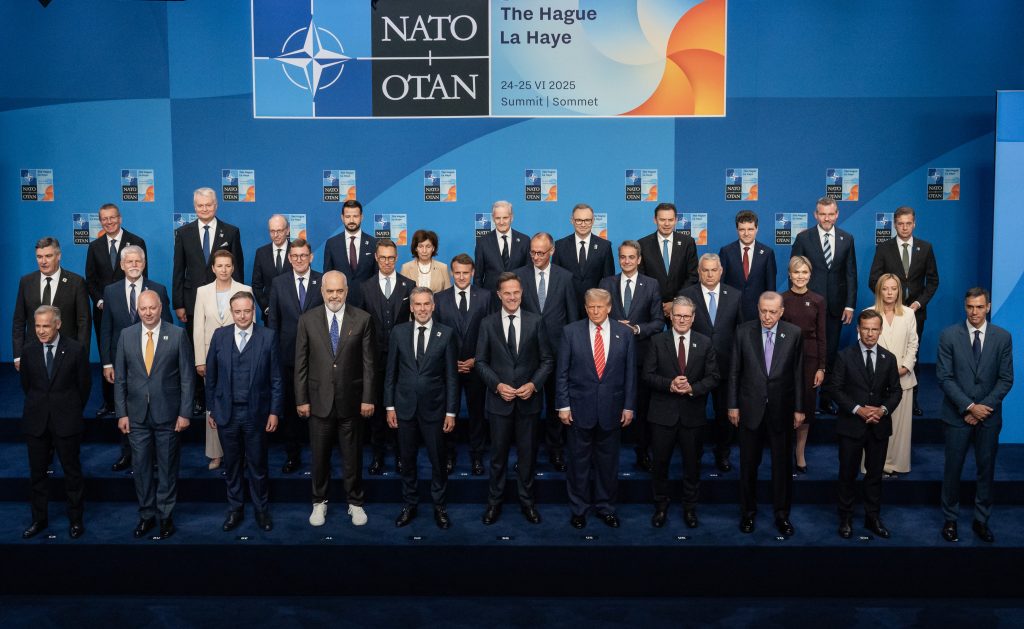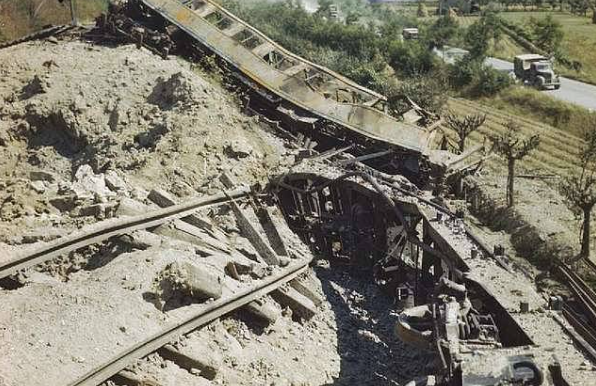
“The enemy has begun to prepare for war.” That stark conclusion from the chief of Poland’s general staff, Gen. Wiesław Kukuła, reflects the gravity of a weekend explosion that ripped through part of the railway line crucial for Ukraine’s supply lifeline. It was no accident, officials say-it was an unprecedented act of sabotage, possibly orchestrated by foreign intelligence services.
What happened near Mika, southeast of Warsaw, is more than a local security breach Poland’s rail network is a strategic artery for NATO as it moves weapons, aid, and civilians between allied territory and Ukraine. In recent years, this infrastructure has increasingly been subject to a wave of hybrid attacks parcel bombs, arson, cyber disruptions-many linked to Russia’s shadow war in Europe. The Mika blast is a dangerous escalation, underscoring urgent questions about Europe’s readiness to defend key infrastructure.
It considers nine of the most telling points in the sabotage, from technical vulnerabilities to geopolitical implications, based on official statements, investigation findings, and broader intelligence about trends in hybrid warfare.

1. The Explosion That Could Have Been Catastrophic
A blast near Mika early on Sunday morning destroyed a section of track on the busy Warsaw–Lublin line. Interior Minister Marcin Kierwiński says explosives were used – that is “beyond any doubt.” The driver of a regional train managed to see the damage in time and made an emergency stop, avoiding what could have been a high-speed derailment with mass casualties. Photographs show a gap in the rails, while a resident from a nearby village reported the shock was strong enough to shake buildings several kilometres away. That raises questions about how several trains were able to pass over the damaged section undetected before it was reported.

2. A Second Sabotage Incident Hours Later
It was only 30km away from the site of the explosion, and a train carrying 475 passengers was forced to stop on Sunday evening after damage to the overhead power lines a metal brace lying on the tracks was found. Preliminary findings also showed broken windows in one carriage. Authorities believe that this was “very likely” another sabotage attempt. The timing and proximity suggest joint planning, targeting exactly that strategic route used for military and humanitarian shipments across Ukraine.

3. Strategic Importance of the Warsaw–Lublin Corridor
The line is a logistical lifeline It connects Poland’s capital to eastern hubs and on to Ukraine, allowing NATO to move troops and equipment while humanitarian aid is transported. According to Annie Fixler from the Center on Cyber and Technology Innovation, vulnerability in these rail lines risks undermining NATO’s military readiness. Disruption here affects not only Ukraine’s war effort but also the alliance’s capacity to respond to Russian incursions.

4. Poland’s History of Hybrid Attacks
The Mika sabotage represents the first direct explosive attack on Poland’s rail network but comes after years of clandestine operations: parcel bombs from Lithuania, arson at Warsaw shopping centres and covert surveillance near military supply lines have all been blamed on Russian-linked operatives. Many of the perpetrators were recruited via Telegram and often came with criminal backgrounds, reflective of the pattern identified in a GLOBSEC–ICCT study on Russia’s crime-terror nexus.

5. Technical Vulnerabilities Exploited in Past Disruptions
Not all rail sabotage in Poland has involved explosives. In August 2023, saboteurs stopped more than 20 trains using cheap VHF equipment to spoof unencrypted “radio-stop” commands. According to cybersecurity researcher Lukasz Olejnik, it’s possible for anyone with basic gear to trigger an emergency stop from hundreds of feet away. Poland plans to upgrade to encrypted GSM systems by 2025, but until then its rail communications remain open to low-cost, high-impact interference.

6. Russia’s Growing Sabotage Campaign in Europe
According to data from CSIS, Russian attacks in Europe nearly tripled from 2023 to 2024, with transportation and government targets each comprising 27 percent of the incidents. Explosives were the most-used weapon. In most cases, suspicion fell on the GRU’s Unit 29155, implicated in several high-profile poisonings and attempted coups. Many operations involve recruiting locals or commercial vessels to create deniability, as well as avoiding actions that could invoke NATO’s Article 5 collective defence clause.

7. Recruitment Through Criminal Networks
Between January 2022 and July 2025, at least 110 acts of sabotage were recorded in Europe, with the majority in Poland and France. Of the 131 identified perpetrators, 35 had previous criminal involvement, were recruited either through organized crime or directly from penal colonies, according to the researchers. Financial incentives range from small money for vandalism to substantial payments for an attack on critical infrastructure. This is reminiscent of tactics previously employed by ISIS, which have now been replicated by a state actor.

8. European and NATO Responses
EU leaders have warned that the threats against infrastructure are “real and growing.” The Estonian Prime Minister Kristen Michal urged a united response, while Ukraine’s Foreign Minister Andrii Sybiha offered support and suggested the blast could be a Russian hybrid attack. NATO has so far focused on defensive measures-intelligence sharing and building resilience-but analysts argue for calibrated offensive actions, including sanctions escalation and targeted cyber operations.

9. Psychological & Strategic Goals
Some experts believe that the Mika blast was more intended to intimidate than to destroy. A threat to Poland’s rail infrastructure may be used by the attackers to dampen public confidence and deter continued support for Ukraine. While perpetrators will be prosecuted “ruthlessly,” according to Justice Minister Adam Bodnar, the incident is further evidence of how hybrid warfare combines physical damage with psychological pressure as a means to shape the strategic environment without open conflict.
The Mika railway sabotage is a stark reminder that hybrid warfare is not some concept of a distant future but an immediate test at Europe’s borders. The Polish experience showed that from the crude to the sophisticated, such attacks exploited technical gaps and political fault lines. As the attacks mount, the question is no longer one of whether NATO and the EU can protect their supply lines-it is one of whether they will be able to deter adversaries willing to strike them in the heart of their logistical networks.


